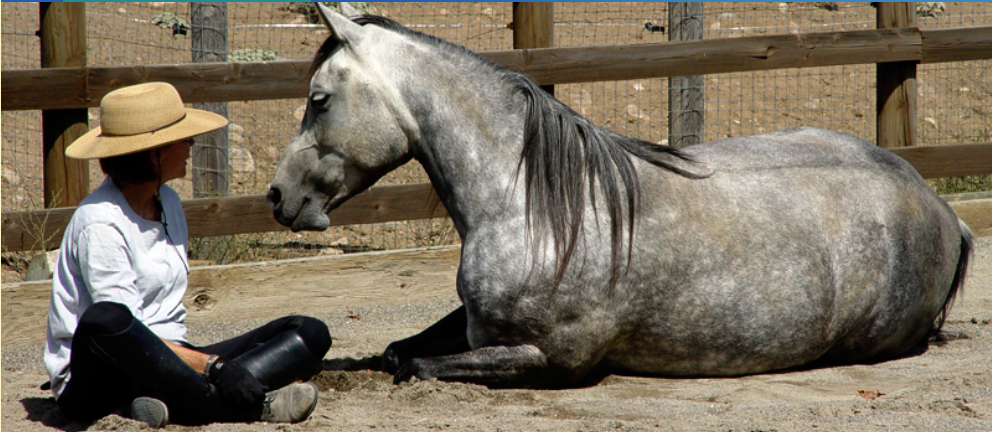In the dynamic world of equine training, few methods captivate the imagination quite like liberty horse training. This approach, also known as free work, delves into a realm where horses and humans communicate and collaborate without the confines of halters, lead ropes, or bridles. Instead, it’s a dance of trust, communication, and freedom, where the horse moves at will while still heeding the subtle cues and commands of their trainer.
Let’s delve into the core components that make up this art form:
Establish Trust and Connection
At the heart of liberty training lies the establishment of a profound bond between horse and trainer. Grooming sessions, bonding activities, and the liberal application of positive reinforcement techniques meticulously build this foundation. It’s a journey of mutual respect and understanding that sets the stage for seamless communication.
Body Language and Communication
Liberty training is a masterclass in non-verbal communication. Trainers become adept at deciphering the nuanced signals horses convey through their body language, while they, in turn, use their own gestures to guide and direct their equine partners.

Liberty Riding
Positive Reinforcement
Encouragement reigns supreme in liberty training. We praise desired behaviors with enthusiasm, occasionally giving treats or other forms of positive reinforcement. This creates a harmonious cycle where the horse eagerly repeats behaviors that earn them rewards.
Freedom of Movement
In the realm of liberty training, movement is sacred. Trainers create safe spaces where horses can roam, explore, and express themselves without restraint. This freedom fosters confidence and self-awareness in the horse, allowing them to flourish in their natural state.
Building a Repertoire of Skills
Liberty-trained horses are akin to virtuoso performers, capable of executing a myriad of tasks and behaviors without the need for physical cues. From basic groundwork exercises to advanced dressage movements and dazzling trick performances, the possibilities are as boundless as the horse’s imagination. The handler should never force or “drum” these movements or tricks into the horse. Instead, the handler should ask the horse to perform them. If the horse does not perform them – remember what was quoted in the above section “Freedom of Movement.”
Building Confidence and Independence
Liberty training is not just about obedience; it’s about empowerment. Horses learn to trust in their own abilities and make decisions independently, guided by their innate instincts and the gentle guidance of their trainer. It’s a journey that breeds confidence and resilience in both horse and human.
Safety and Control
While liberty training champions freedom and autonomy, it’s not a free-for-all. Trainers maintain a delicate balance between freedom and control, establishing boundaries and rules that ensure the safety and well-being of both horse and human. Negative reinforcement techniques, if used at all, are applied sparingly and ethically, always with the horse’s emotional welfare in mind.
In essence, liberty horse training is a symphony of partnership and collaboration, where horse and human move in perfect harmony. It’s a celebration of the deep connection that can be forged between two sentient beings, rooted in trust, respect, and mutual understanding.

Ball play in liberty
I hope you enjoyed this little snippet into the Liberty Training world. Leave me a comment if you keen to deep dive a little further into the world of ‘liberty horse training’ or contact me if you keen to be part of the next liberty clinic here in South East Queensland, Australia.
Happy trails for now.


